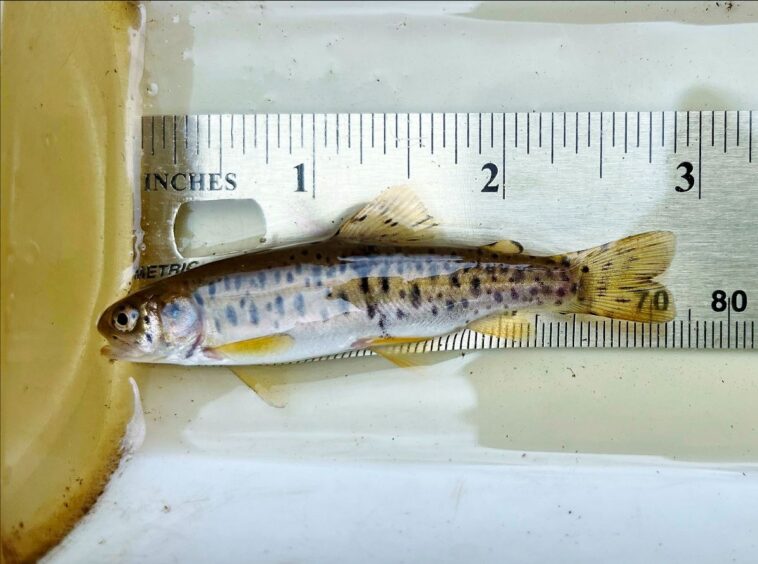It seems like hardly a week goes by without news of a new existential threat to B.C. salmon.
The latest? A devastating landslide southeast of Prince Rupert that “could endanger the future of up to 100,000 spawning fish,” according to a recent story on The Skeena.
And despite a relatively good year for some salmon species, William Housty recently shared a video showing thousands of dead salmon near Neekas, Heiltsuk Territory.
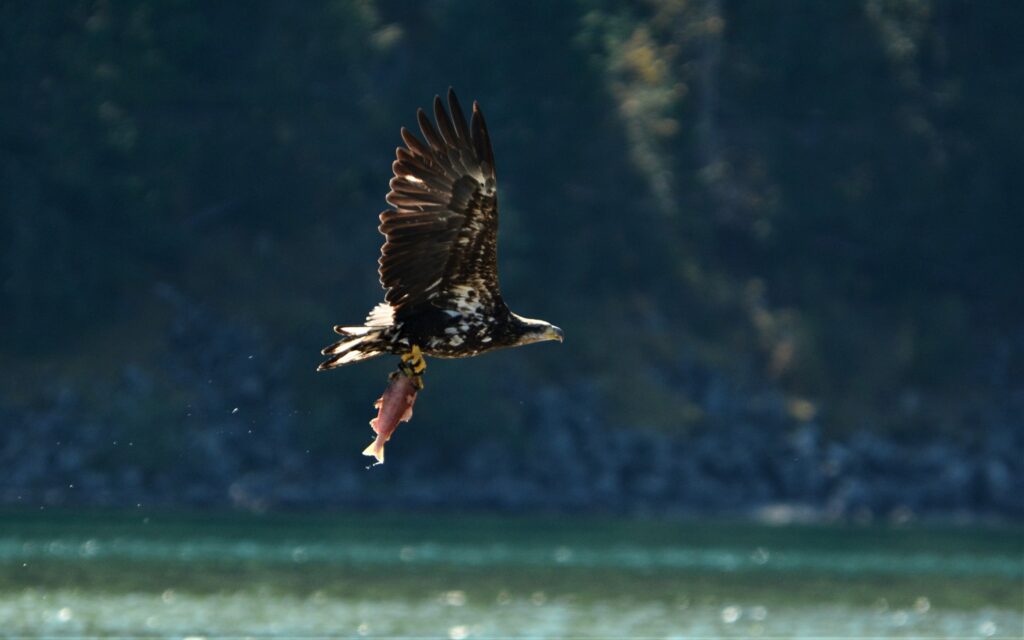
“All of these salmon went into the creek, the creek dried up b/c of no rain so far this fall, and just died, and this is just one reach! Global warming is killing everything,” he tweeted.
But a remarkable story out of Colorado shows that fish are remarkably resilient, and they can bounce back from the abyss if we make their recovery a priority.
The state recently reported that the greenback cutthroat trout, a fish considered extinct in 1937, is recovering and reproducing in the wild.
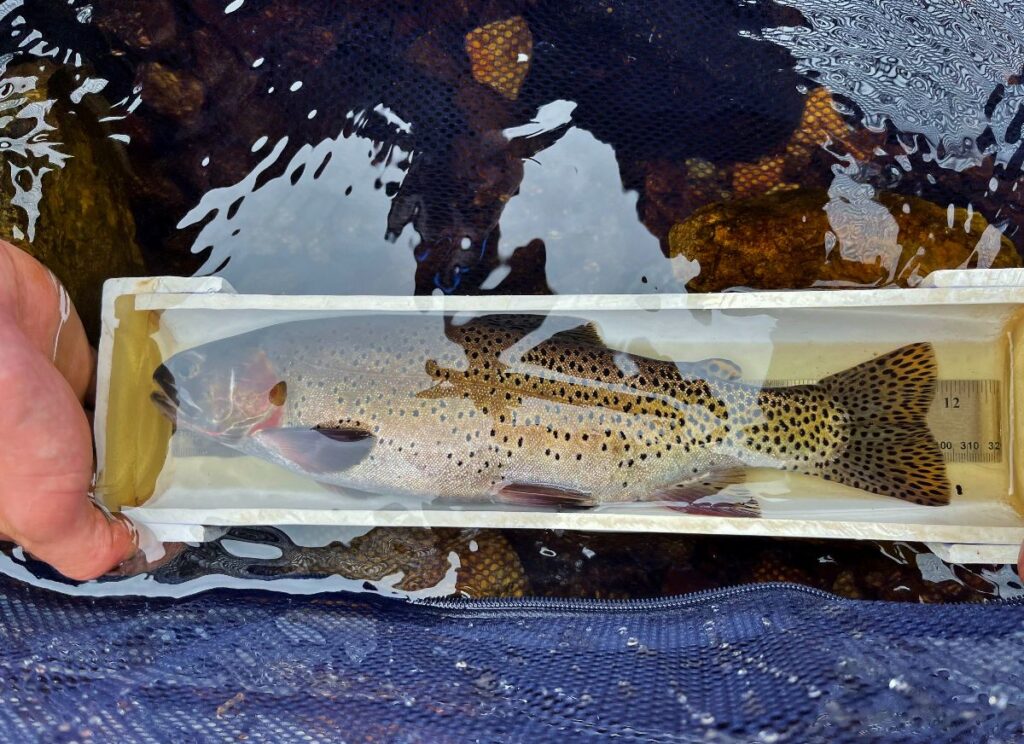
“This is a huge breakthrough,” reads a release from Colorado Parks & Wildlife. “For decades, it was believed only two native cutthroat – the Colorado River and Rio Grande – had survived while the greenback and yellowfin had succumbed to pollution from mining, pressure from fishing and competition from other trout species.”
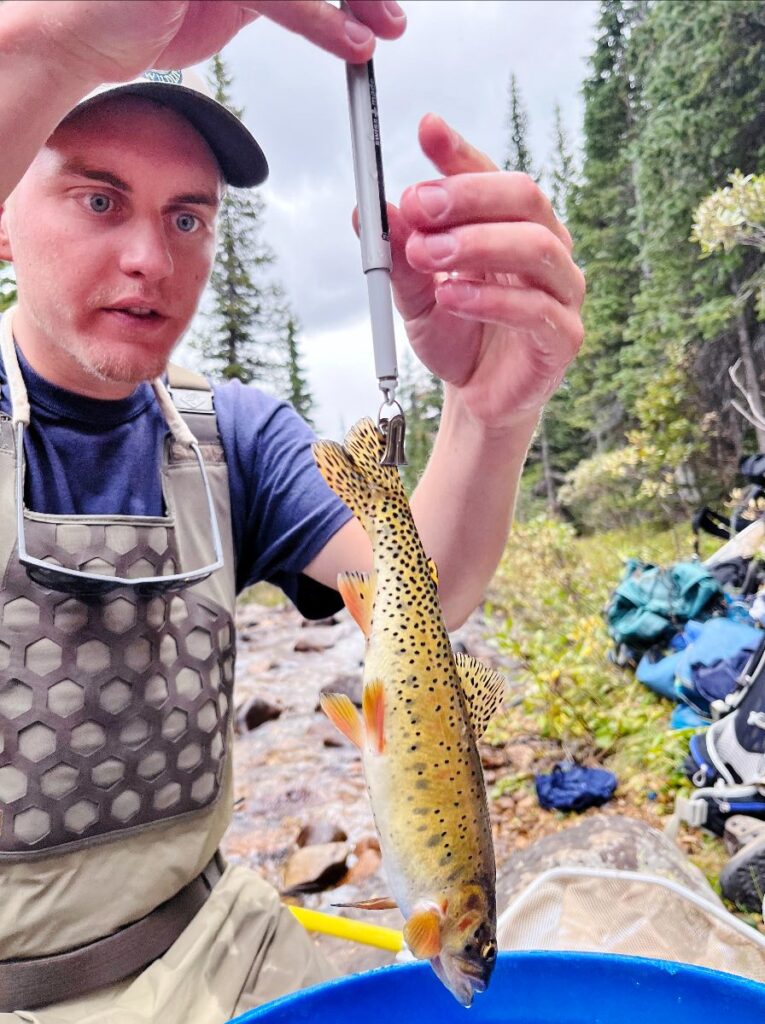
But a decade ago, the agency discovered a small population of the greenback cutthroat trout still alive. “This triggered a multi-agency effort to protect the tiny stretch of water where the endangered fish were reproducing,” CNN reports.
Colorado Governor Jared Polis said “the fact that they are now successfully reproducing in the wild is exciting for the future of this species. This is a huge wildlife conservation success story.”
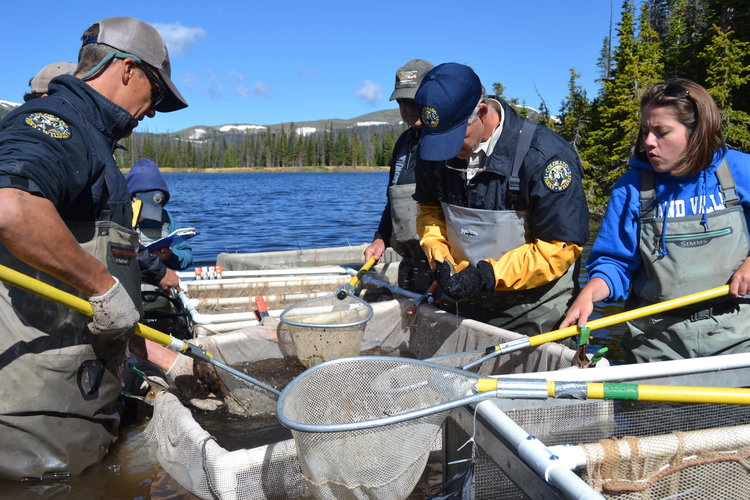
And it contains a potentially big takeaway for the Skeena: if we reduce human pressures on salmon and take the steps needed to support them, the benefit for all could be dramatic.


